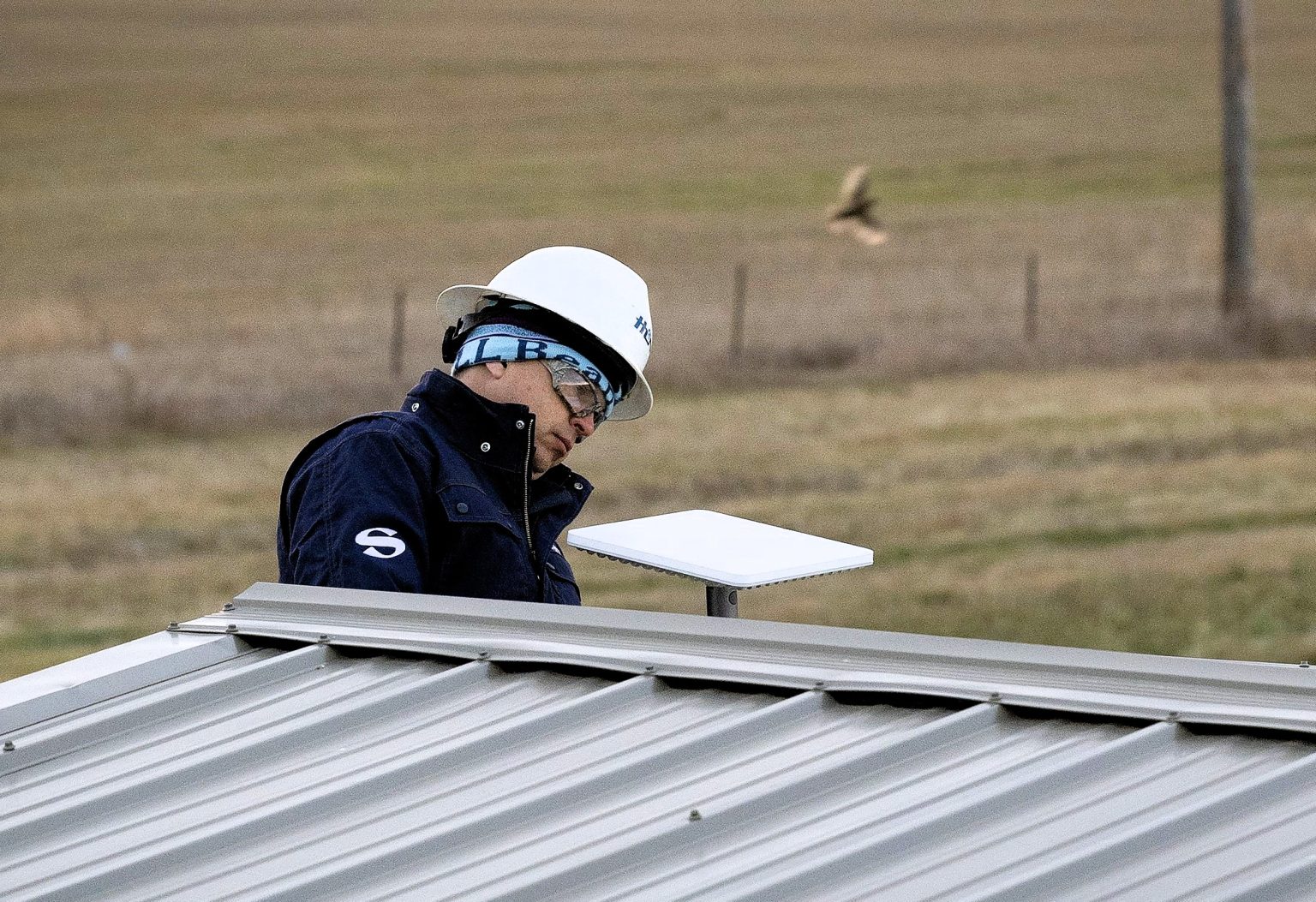Amazon Leo Advances Satellite Internet Race with High-Speed Terminal Deployments
In a significant step toward joining the satellite internet market, Amazon Leo—formerly known as Project Kuiper—has begun shipping its premium terminals to select customers for testing, signaling the tech giant’s imminent entry into space-based global connectivity. The announcement on November 24, 2025, reveals Amazon’s progress in a field currently dominated by SpaceX’s Starlink network, though Amazon has cultivated impressive partnerships to accelerate its growth. The Seattle-based company has finally unveiled the full potential of its top-tier service offering, Leo Ultra, which promises download speeds reaching 1 gigabit per second and upload capabilities of up to 400 megabits per second—marking the first time Amazon has disclosed details about its uplink performance specifications to the public.
Amazon Leo’s enterprise preview represents a strategic move to gather real-world feedback before a wider deployment, allowing business customers to test the network using production-grade hardware and software in challenging environments. Chris Weber, vice president of consumer and enterprise business for Amazon Leo, emphasized the transformative potential for businesses operating in remote locations: “From our satellite and network design to our portfolio of high-performance phased array antennas, we’ve designed Amazon Leo to meet the needs of some of the most complex business and government customers out there.” This testing phase will enable Amazon’s teams to refine their solutions for specific industries, customizing the service to address unique connectivity challenges across various sectors that currently struggle with reliable internet access.
The service will be available in three distinct tiers, each targeting different user needs and price points. The premium Leo Ultra service employs a substantial 20-by-30-inch antenna powered by custom silicon chips optimized for videoconferencing, real-time monitoring, and cloud computing applications. For users with less demanding requirements, Amazon will offer Leo Nano with a compact 7-inch antenna supporting download speeds up to 100 Mbps, and Leo Pro with an 11-inch antenna delivering up to 400 Mbps download speeds. A key differentiator for Amazon’s service is its ability to connect directly to Amazon Web Services and other cloud networks, enabling customers to transmit data securely from remote assets to private networks without exposure to the public internet—a significant advantage for security-conscious enterprise clients and government operations.
Amazon has assembled an impressive roster of partners across multiple industries, demonstrating the broad appeal of its satellite internet solution. Among the announced customers are JetBlue, which plans to enhance its in-flight Wi-Fi service; Hunt Energy Network, which will use the service to monitor and manage its global energy infrastructure; and NBN Co, which operates Australia’s National Broadband Network. Additional partners include telecommunications giants Verizon, Vodafone, and Vodacom; defense contractor L3Harris; Japanese companies NTT and SKY Perfect JSAT; and Latin American media providers DIRECTV Latin America and Sky Brasil. Hunter Hunt, CEO of Hunt Energy Holdings, highlighted the practical benefits of the service, noting, “The combination of Amazon Leo bandwidth capabilities and the secure private link is exactly what we needed” for operating energy assets across the globe.
Despite this progress, Amazon Leo remains significantly behind SpaceX’s Starlink in terms of deployment and market penetration. Amazon has launched only 153 production-grade satellites into low Earth orbit over the past year, while SpaceX has deployed more than 9,000 Starlink satellites already serving over 8 million active customers worldwide. Amazon’s ambitious plans call for expanding its constellation with more than 3,000 additional satellites, though regulatory requirements from the Federal Communications Commission mandate that half of those satellites must be launched by mid-2026—a timeline that Amazon may need to renegotiate. Both companies maintain satellite production facilities in Washington state, with Starlink satellites built at SpaceX’s Redmond facility and Amazon Leo satellites manufactured nearby in Kirkland.
As Amazon Leo advances toward full commercial service, the satellite internet market appears poised for intensified competition that could ultimately benefit consumers and businesses through improved service options and potentially lower prices. Amazon has not yet disclosed pricing details for its service tiers, suggesting that the company may still be finalizing its market strategy as it evaluates results from the enterprise preview program. The company’s statement that it will “expand the program to more customers as we add coverage and capacity to the network” indicates a measured, phased approach to scaling up operations. With its deep pockets, established cloud infrastructure, and growing constellation of partnerships, Amazon presents perhaps the most formidable challenge yet to SpaceX’s current dominance in the satellite internet market—even as it plays catch-up in terms of orbital assets and subscriber numbers.


